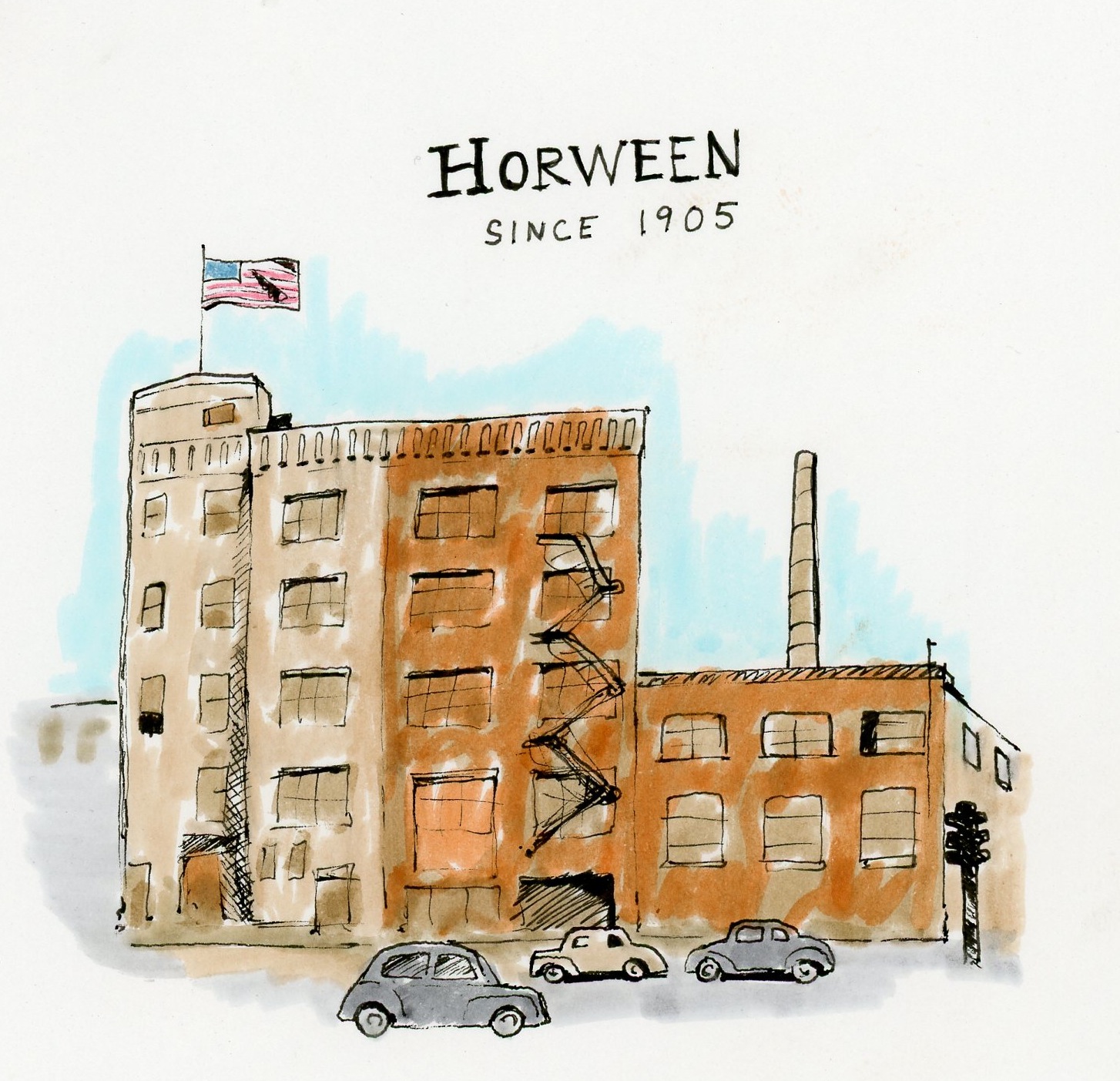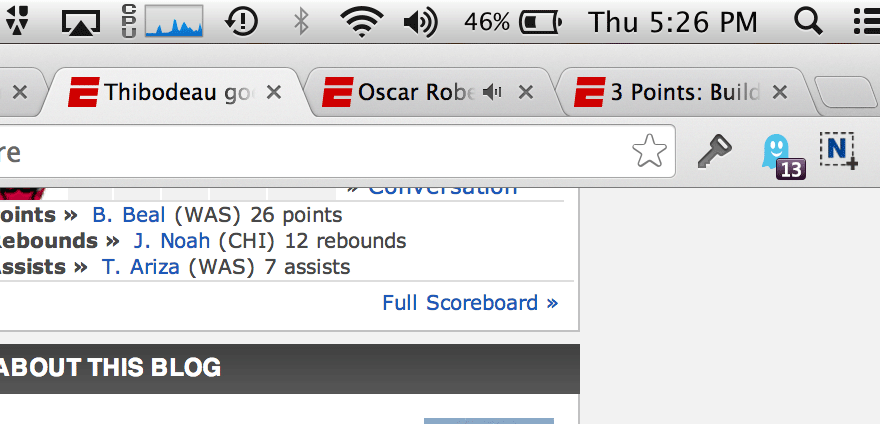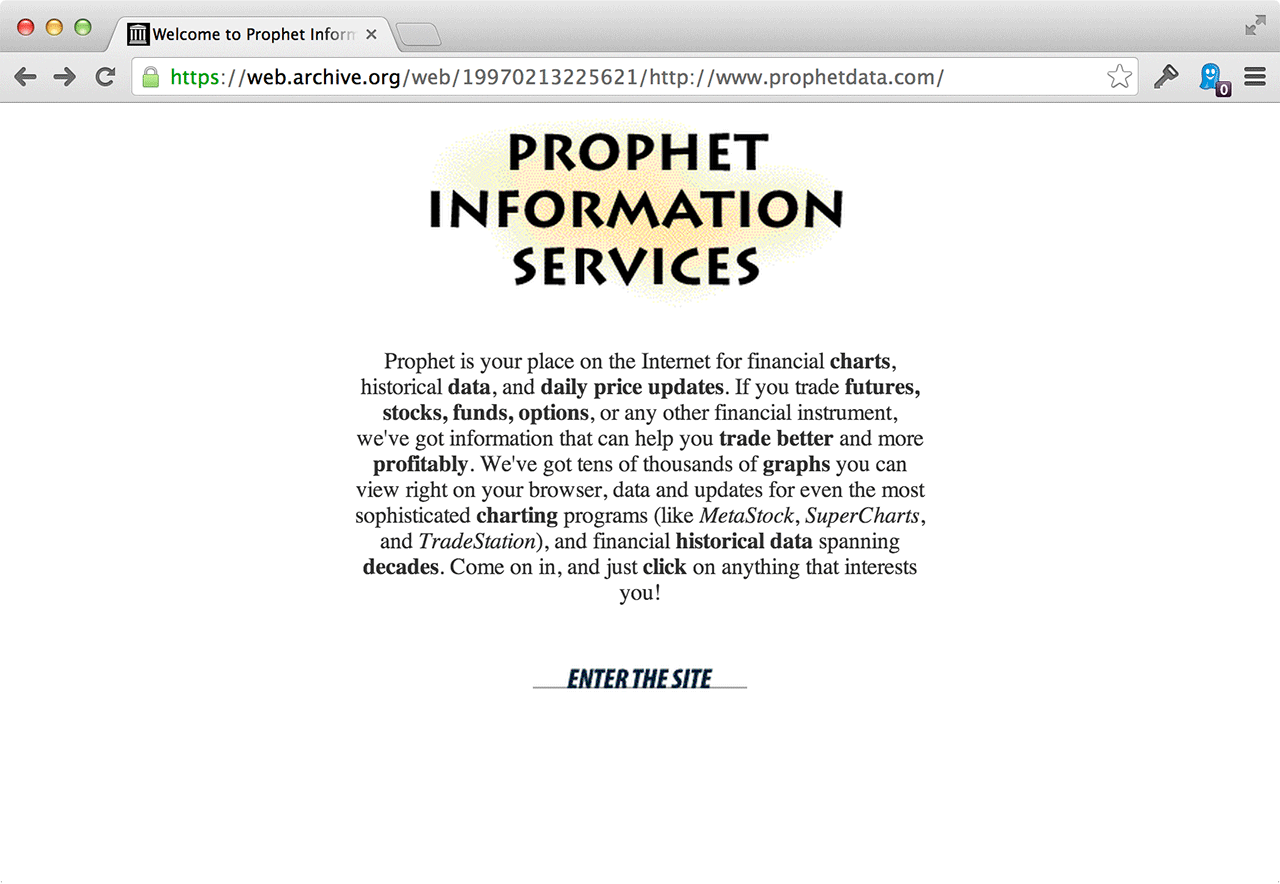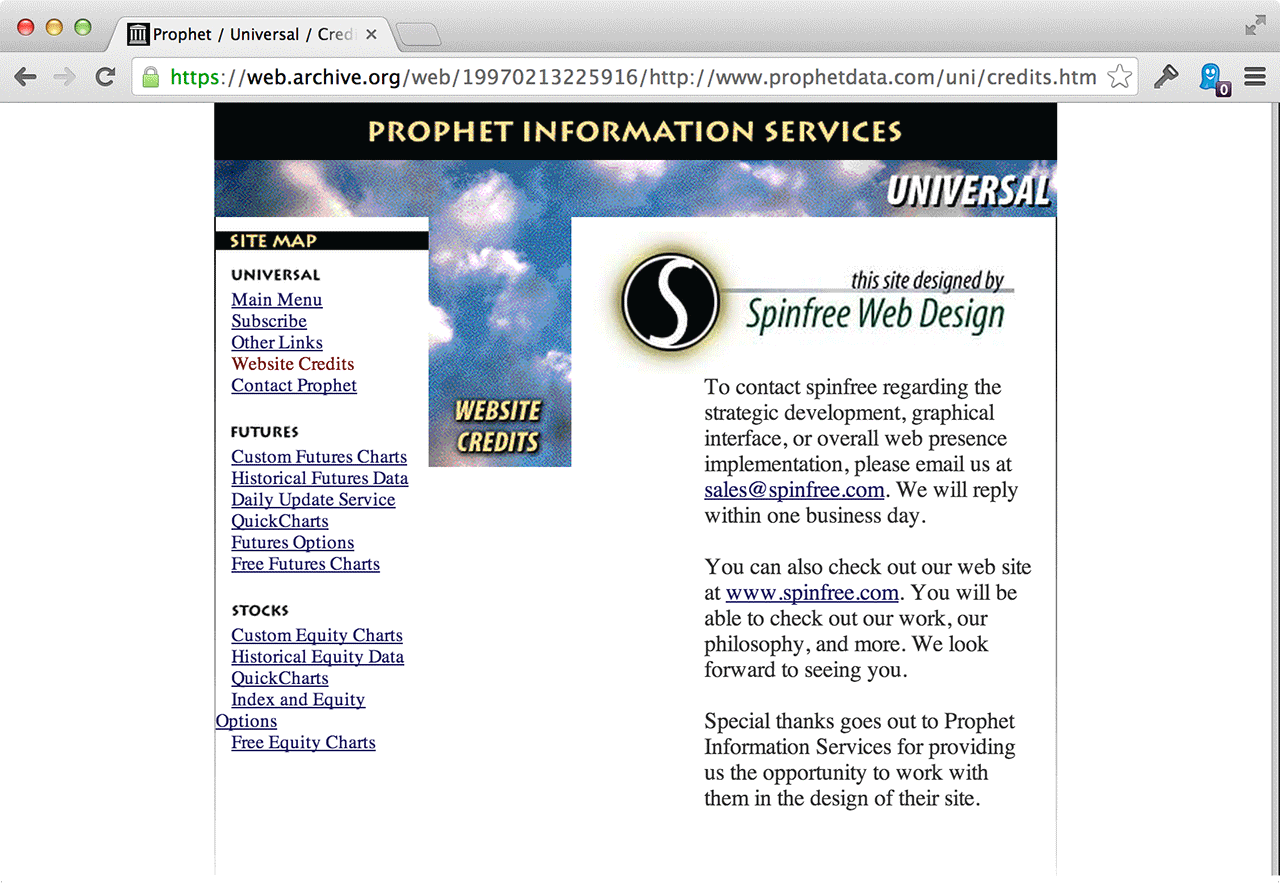I’ve always had a fascination with old. Old trees, old buildings, old people, old objects, and old businesses.
The world is constantly pushing the old out of the way to make room for the new. So if something can stand up to the world, push back, and go the distance, then there’s probably something special about it. I believe those things are worth celebrating.
Today we launch THE DISTANCE, an online magazine that celebrates one type of old thing – the old business. THE DISTANCE is about interesting private businesses that have been in business for 25 years or more.
Everyone talks about how hard it is to start a business. It is hard, but it’s not as hard as staying in business. Every business is new at least once, but very few actually survive to old age (or even adolescence). We want to celebrate those who’ve figured out the hardest thing to do in business: how not to go out of business.
Some of the businesses we’ll be covering have been in business for a hundred years or more. Some are still run by the original founder. Some are now run by a long-time employee. Some are run by the son or daughter of their father’s grandfather who founded the business way back in the day.
Every month we’ll be publishing a new article about one of these businesses to thedistance.com. We’ll introduce you to some real characters, some amazing stories, a few secrets, and the sustained blood, sweat, tears, and persistence required to keep the lights on for so many years.
Our first article is about the Horween Leather Company out of Chicago Illinois. A fourth-generation business founded in 1905, Horween makes leather the old fashioned way. As the last remaining tannery in Chicago, they’ve stood strong, learned how to survive – and thrive – in a challenging environment. They have a lot to teach us.
If you like these kind of stories, we invite you to follow @distancemag on Twitter. We’ll be sharing all sorts of things about old businesses, long-time employees, and other tidbits you may find interesting. Whenever we publish a new story to THE DISTANCE, we’ll announce it first on the Twitter feed.
So, here we go! Head over to thedistance.com to read the story of Horween Leather, the last tannery in Chicago.
And BTW, if you know of great little 25+ year private businesses that would be a good fit for THE DISTANCE, we’d love to hear about them. Could be the mom and pop shop around the corner. Could be the holdout manufacturer on the edge of town. They’re all interesting to us! Drop an email to [email protected] and we’ll follow up. Thanks for helping us with THE DISTANCE.







